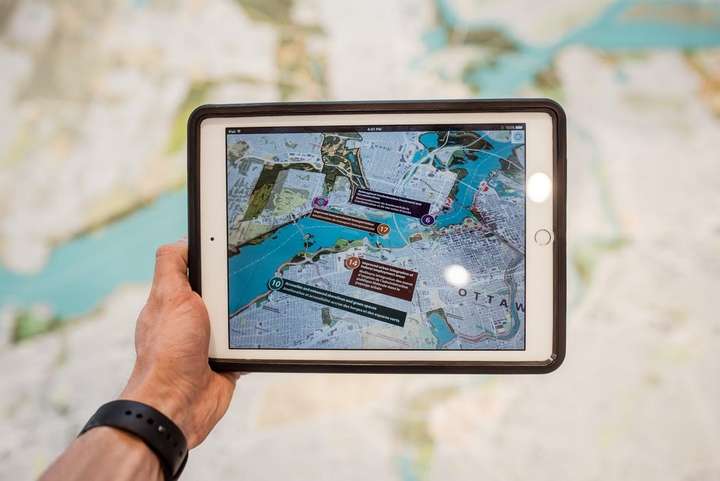A multi-stop route planner is a helpful tool for plotting the most efficient route between multiple destinations. Sales and delivery professionals’ travel and work patterns have shifted due to software such as sales route planners or delivery route planner apps.

Apple Maps is the most popular route planner on the planet. It’s dependable, simple to use, and completely free. However, while the Apple Maps route planner is excellent for casual travel and road trips, it does not always meet the unique and evolving needs of professionals such as salespeople and delivery drivers.
The more efficiently your products can be delivered, the more successful you will be as a carrier. Therefore, optimizing delivery routes – and getting from point A to point B as efficiently as possible – is critical to this sector’s success.
How do you do route planning? Below are some of the practical reminders that you can start with:
1. Conduct a critical examination of your data
Of course, you want to plan as efficiently as possible and minimize travel time, but this is frequently not possible in practice. Because just because you’re allowed to drive 80 at some point does not mean you can do so constantly – especially if you’re making deliveries. Therefore, examine your data critically and ask yourself: are those travel times realistic? Is the software designed to account for traffic delays during rush hour? While many software estimates travel times based on optimal traffic flow, this is rarely the case in practice.
2. Take into account stops when calculating travel time
We always consider travel time when planning routes. But it would help if you always remember to provide an allowance for roadblocks. Also, factors such as the driver’s experience, the size, and the delivery timing may affect. You almost certainly already have a good deal of this data in your possession; make use of it.
3. Consider how you would like to organize your routes
It is good to modify your software or system settings to organize routes differently. For example, if you deliver to areas that are the furthest away first, you may not be stuck in traffic for long. Are you constantly on the road during rush hours? Maintaining compact routes may benefit you.
4. Ensure that you are using the appropriate mode of transportation for the area
Using a car for deliveries in the city centre is rarely practical. Often, the best way to navigate downtown traffic is on a bicycle or stint (an electric hand cart). Unfortunately, neither of these will be used to deliver to remote areas. Therefore, it is critical to have location intelligence! To identify the best mode of transportation, consider the infrastructure in your delivery area.
5. Consider the route
Because hubs points are the lifeblood of your route, it’s critical to consider their location carefully. Consider when and what they are commonly used for. Being stuck in traffic every night because the point you use during rush hour is adjacent to the highway is not practical. Optimal distribution of delivery areas is critical. Do you consider natural boundaries or essential points of infrastructure? It can save time and money in terms of delays and mileage.
6. Incorporate your custom processes into your software
Examine your organization critically: are there processes that can be optimized for company-specific challenges? For example, while standard scheduling algorithms are beneficial, they are not always tailored to your organization’s unique needs and strategies.
7. Consider the delivery methods
Same-day delivery, next-day delivery, or delivery on a specific date? Are you available in the mornings, afternoons, or evenings? While this is convenient, it does not contribute to the efficiency of delivery routes. Therefore, there are instances wherein it is better to minimize delivery options.
I can guarantee you that through following these steps, you will be able to do route planning by yourself and get the benefits you asked for!





